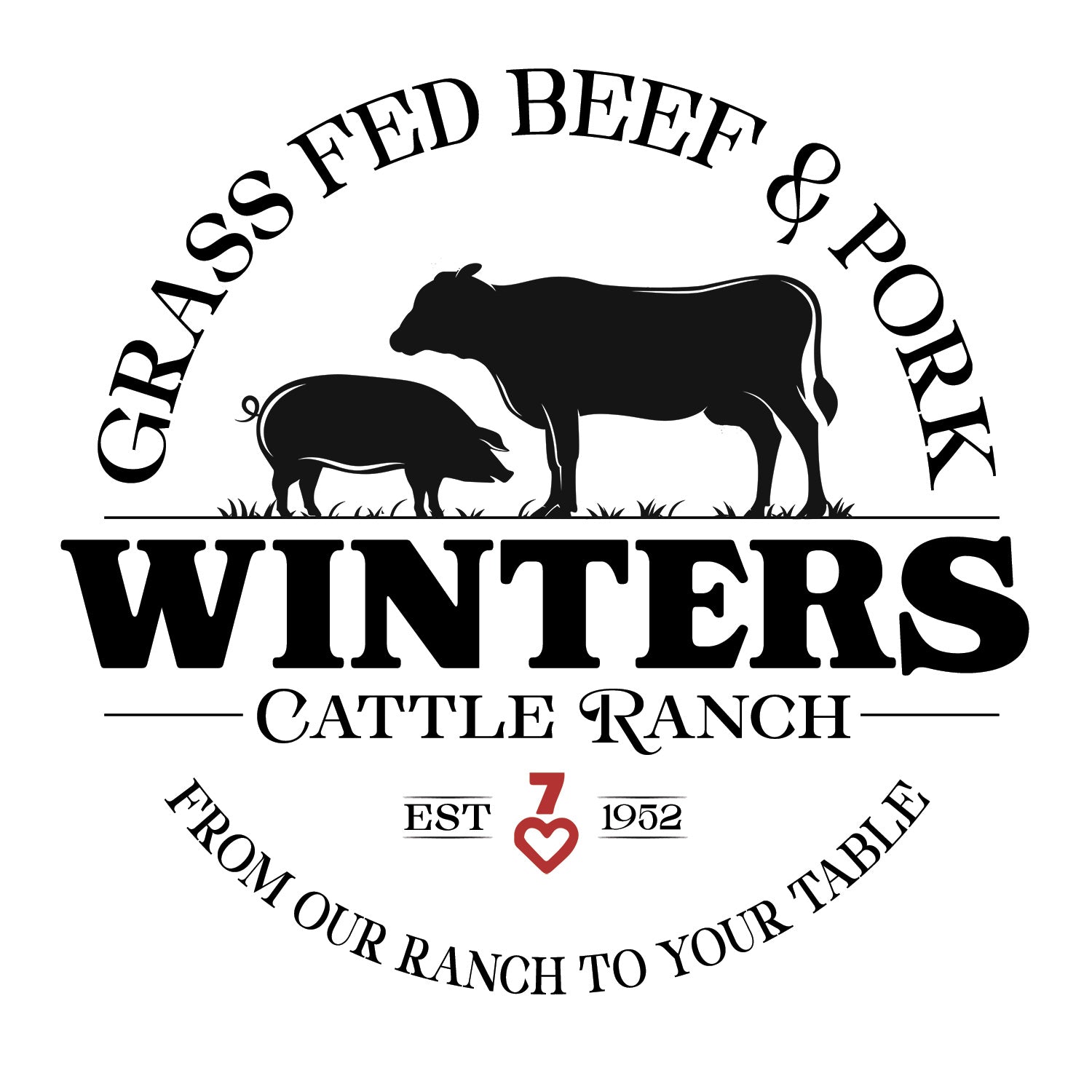Live, Hanging, and Finished Weights
Understanding Live Weight, Hanging Weight & Finished Weight
If you’ve ever purchased beef or pork directly from a rancher, you’ve likely heard terms like live weight, hanging weight, and finished weight. But what do they actually mean? Here’s a simple breakdown of how weights are calculated and how the process works when raising and butchering cattle (and pigs).
🐄 Live Weight
The weight of the animal while it is alive and standing.
Live weight refers to the full weight of the animal before processing. This includes bones, muscles, organs, hide, hooves, and anything in the digestive system. Ranchers use live weight to monitor the animal’s growth and overall health.
🪓 Hanging Weight
The weight of the carcass after slaughter, once the hide, head, hooves, and internal organs are removed.
After processing, what remains is the hanging carcass, which includes the bones, muscles, and fat. This is the weight used by Winters Cattle Ranch to determine the final price of your beef or pork purchase.
Hanging weight is the standard industry measure used to estimate how much meat will be available after cutting and packaging.
🍽️ Finished Weight
BEEF 60-65% of Hanging weight
Hog 55-65% of Hanging weight
The final weight of the packaged cuts you take home—ready to cook and enjoy.
Finished weight (sometimes called cut weight) is what you’ll recognize from the grocery store: steaks, roasts, ground beef, ribs, and more. This is the usable meat after the butcher trims excess fat, removes bones (depending on cuts), and packages everything.
📌 Summary
-
Live Weight: Animal alive — includes everything
-
Hanging Weight: Carcass after removing inedible parts — used for pricing
-
Finished Weight: Final packaged meat — what goes in your freezer
Each weight plays a different role in the ranching and butchering process and helps customers understand exactly what they’re paying for and taking home.
